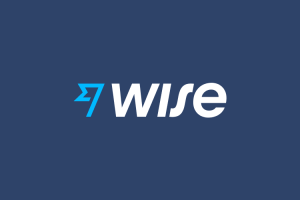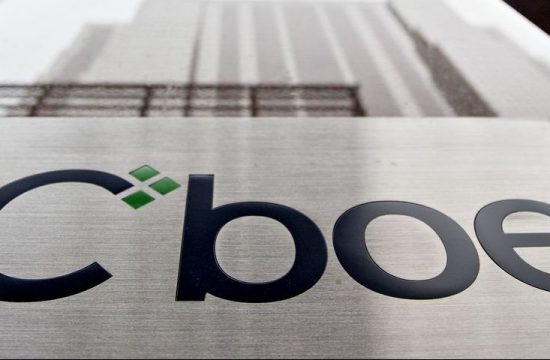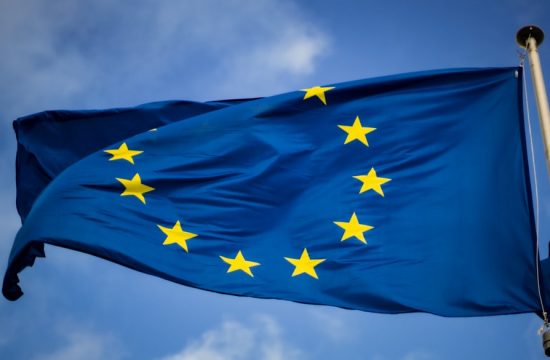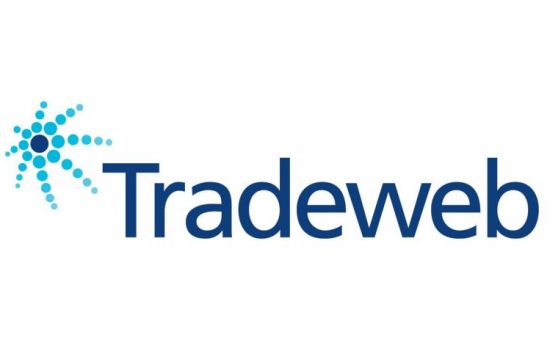“Banks continue to exploit loopholes in EU regulation to mislead their customers and overcharge them through fees hidden in inflated exchange rates.”

Wise, the UK-based foreign exchange financial technology company founded by Estonian businessmen Kristo Käärmann and Taavet Hinrikus, claims that financial providers continue to hide fees from consumers regardless of the new transparency rules in Europe.
The Cross-Border Payments Regulation 2, a landmark piece of legislation that directly called for banks to enforce transparency, came into effect in 2020 and orders that “all currency conversion charges are shown in a clear, neutral and comprehensible manner” ahead of making a transfer to another currency in Europe.
In other words, any cost needs to be disclosed. This is because knowing exactly how much a cross-border payment costs is now a right protected by law in the UK and the EU.
“Banks continue to exploit loopholes in EU regulation to mislead their customers”
Magali Van Bulck, Head of EMEA Policy at Wise, commented: “Banks continue to exploit loopholes in EU regulation to mislead their customers and overcharge them through fees hidden in inflated exchange rates. Unfortunately, that’s still far too common across the UK and EU, leading to billions lost in fees. At Wise we celebrate that big traditional banks like ING are now implementing the rules to become fully transparent. There is no reason why other banks couldn’t do the same. Without transparency, consumers cannot compare services and fees, which reduces competition and keeps prices high.”
Research carried out by Wise, analyzing 25 banks, concluded that:
- 20% don’t show any information about the exchange rate used at the moment of making the transfer
- 72% show an exchange rate that is not the mid-market rate, but their own inflated exchange rate. This added mark-up is not communicated as a cost to the consumer. It is common practice in the industry to advertise low or even zero fees, while in reality banks are hiding an additional fee in an inflated exchange rate.
The cost of a transaction consists of two components: an upfront fee and a currency conversion fee, included in an inflated exchange rate.
The new regulation aimed to stop the latter practice and lead to increased transparency for consumers moving money across borders within Europe.
Three years in, 92% of the banks analyzed by Wise exploit loopholes in the law and remain opaque about their currency conversion fees. This ambiguity represents a billion-pound bill for both consumers and businesses in the UK, who lost £5.6bn to hidden fees in 2022 alone.
Only ING branches and Starling Bank are fully transparent
According to the research, only ING branches and Starling Bank are fully transparent and disclose all fees, while 12% of the banks analyzed show varying levels of transparency but are not yet fully transparent (real cost behind a tooltip or don’t mid-market rate or the exchange rate offered by the ECB).
The report found that almost half of the analyzed banks (40%) are not transparent about the exchange rate used and only show either the total amount to be transferred or the upfront fee. Worse: 16% of the providers are not clear about any of these parameters at all.
The Cross-Border Payments Regulation 2 came into effect in 2020 and regulators quickly became aware of the lack of transparency despite the new rules. In spring 2021, the European Commission said “that some payment service providers are not disclosing the estimated currency conversion charges to payment service users” and urged national authorities to report specifically on the situation in each country.












